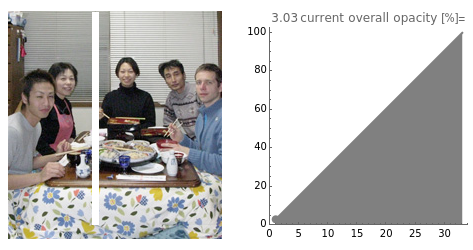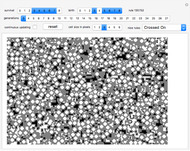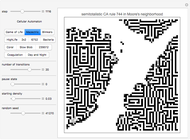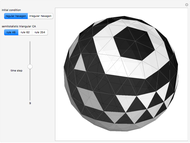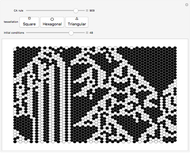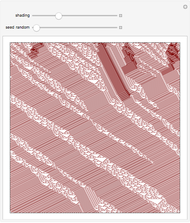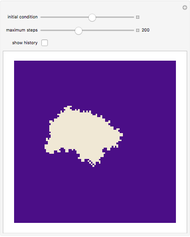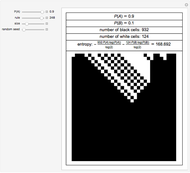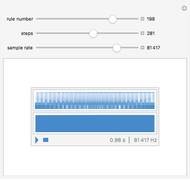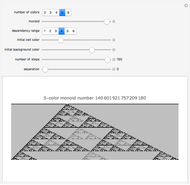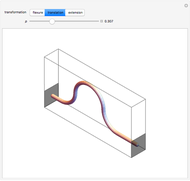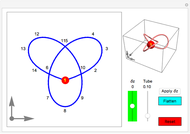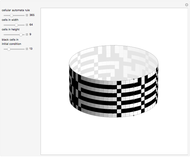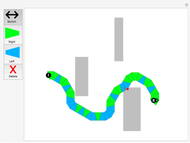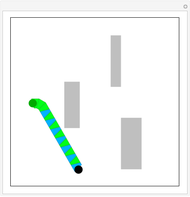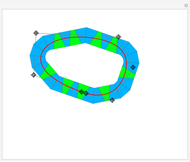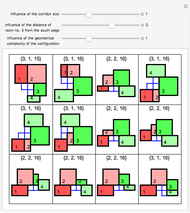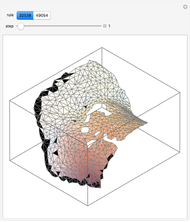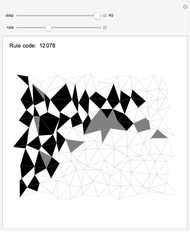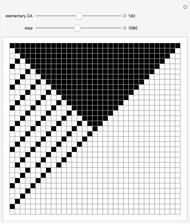Window Opacity Controlled by Cellular Automata

Requires a Wolfram Notebook System
Interact on desktop, mobile and cloud with the free Wolfram Player or other Wolfram Language products.
Some 1D cellular automata have this unique property: the ratio of the percentage of cells of a certain color in the initial state to the percentage of cells of the same color in the whole pattern (the graph on the right) is fairly monotonic. This can be used for a shade, where control over the opacity of the whole array of cells is done by means of just the very top row (initial state). Therefore, to increase the opacity of the whole shade by a factor of two, simply increase the number of opaque cells in the initial state by the same factor of two. Such a shading system gives quite good control over the average amount of light entering the building and also looks very interesting, since the dynamic change of the cell configuration is driven by the intriguing behavior of cellular automata. The first seven rules produce rather simple patterns, while the last two produce patterns that are more interesting.
[more]
Contributed by: Machi Zawidzki (March 2011)
In collaboration with: Ed Pegg Jr
Open content licensed under CC BY-NC-SA
Snapshots
Details
detailSectionParagraphPermanent Citation
"Window Opacity Controlled by Cellular Automata"
http://demonstrations.wolfram.com/WindowOpacityControlledByCellularAutomata/
Wolfram Demonstrations Project
Published: March 7 2011
